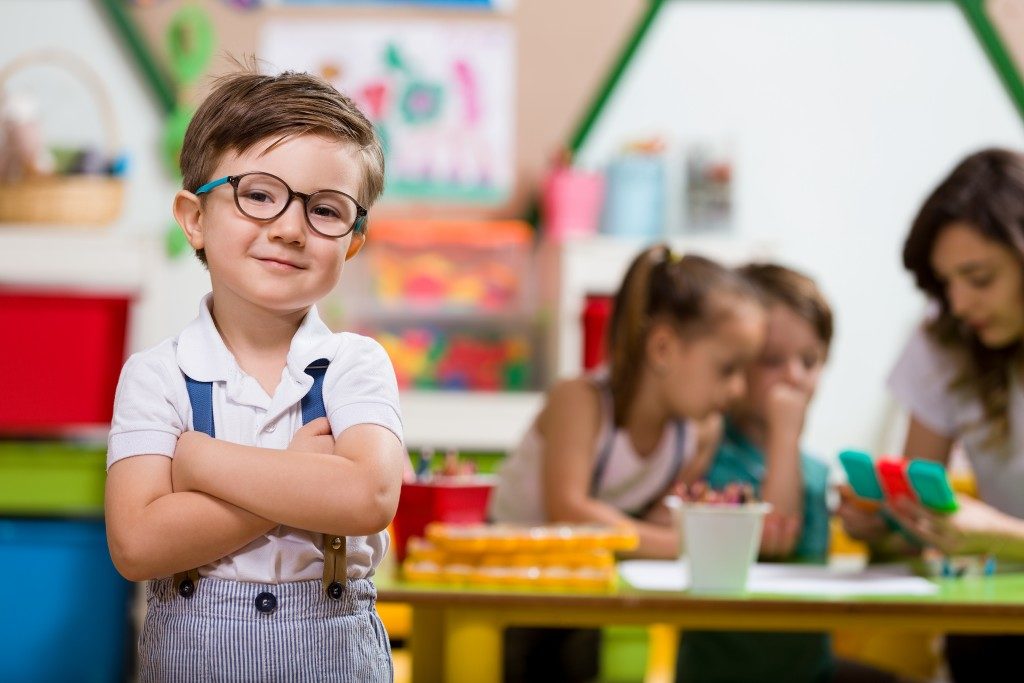When we hear the word “organisation,” what we usually think about is tidying the place up and putting everything in their respective places. We use shelves and trolleys to make sure that the classroom is not cluttered. We teach students how to fix after themselves and how to tidy up their workspaces. But these activities are not necessarily what classroom organisation means.
Classroom organisation is more than just having a tote trolley where the students will put their paint, colouring books, worksheets, and many more. It’s more than just sitting at their desks and listening to what you’re teaching. Classroom organisation is about managing the class, creating a positive learning environment, and setting the classroom up for improved learning.
Successful Class Management
A classroom should run smoothly, and that will only be possible if the teacher puts in place ground rules, routines, and disciplinary measures. When students are aware of what needs to be done inside the classroom and what consequences they might face if these rules are not followed, they will be more disciplined.
But fear is a component that should be absent in classrooms. Setting up rules doesn’t mean that your students need to fear you. On the contrary, you need to develop relationships with them and administer an engaging education. Respect begets respect. When the students feel that you are respecting their opinions, they will respect your rules, too.
Positive Learning Environment
A student-oriented classroom will go a long way toward encouraging engagement, which is the most effective way of creating a positive learning environment. You should allow students to speak up their minds. If there are concepts in the curriculum that they cannot understand yet, they should be allowed to ask questions. They should be encouraged to question theories and ideas that are being taught to them.
The power to learn should be shared between the teacher and the students. It should not be an authoritative classroom where only the teacher has a say. The students should be encouraged to speak up, too.
Physical Setup of the Classroom

Unknown to many, the physical setup of a classroom might affect the way children learn. The classroom should be structured, yes, but not stifling and too formal. It should have spaces where the kids can be creative and messy. It should have a corner where they can work independently and away from the rest of the class.
It starts with choosing the right furniture, too. For younger kids, there should be building blocks and other educational tools. For a classroom with disabled children, the desks should be easily accessible. Teachers should think about the use of their big desks. Maybe they can use a small moveable desk to maximise the space. Every corner of a classroom should be used to encourage productivity of the students. There should be no space wasted.
Every year, make it a point to change the layout of your classroom. A change of scenery will improve the learning of a class. Simply rearranging furniture and putting up new artwork will allow a class to feel like they’re in a new place. Like with adults, a change of environment is a welcome respite from the structured feel of a classroom.

